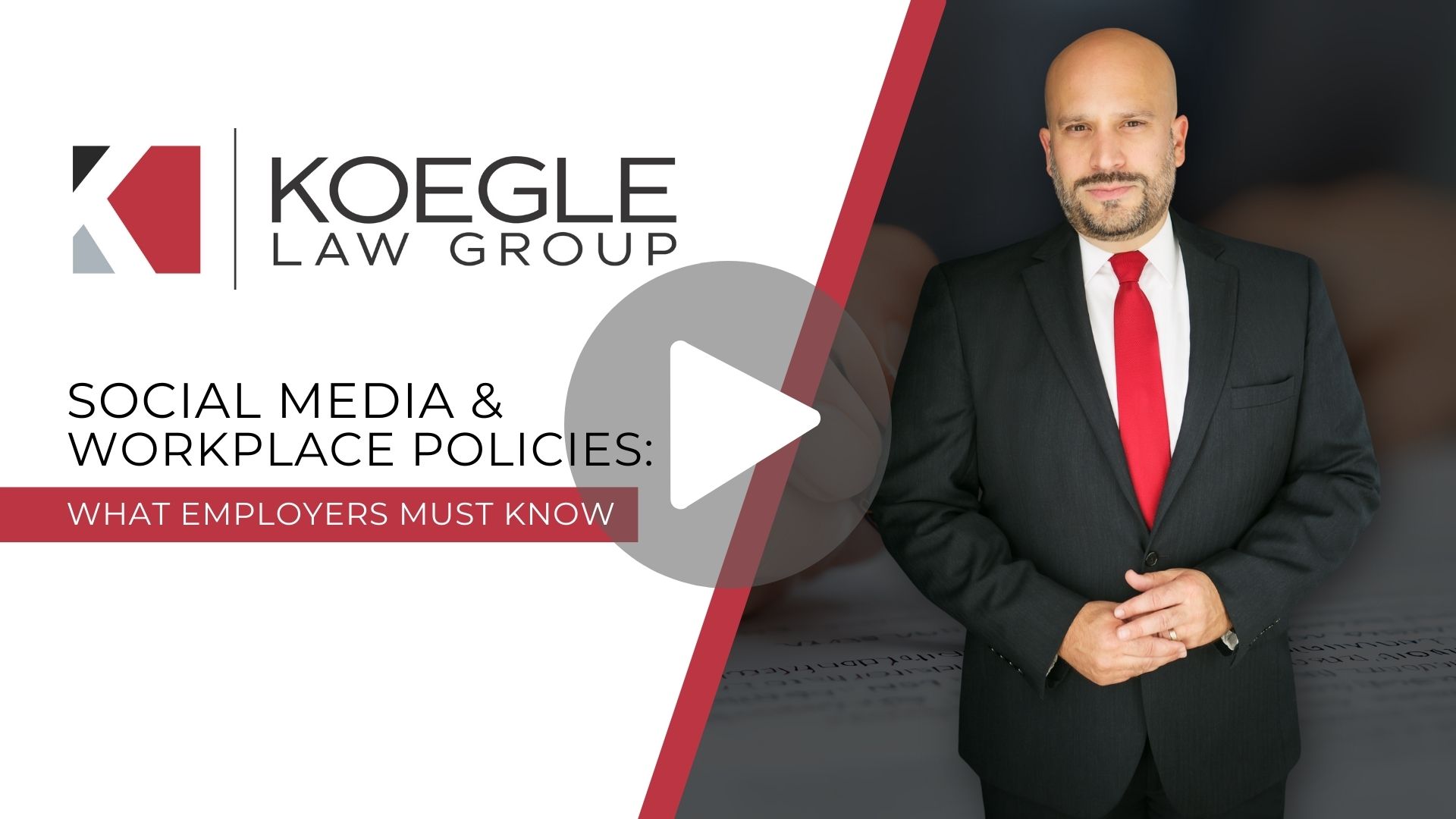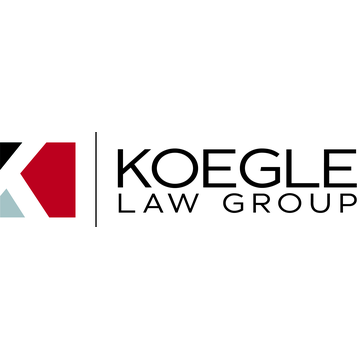Recovering from burnout is a challenging process that many leaders and CEOs have to work through at some point in their careers.
If you are currently feeling overworked, overwhelmed, and on the brink of burnout, this post is full of helpful strategies and simple tips for avoiding exhaustion.
Why does recovering from burnout matter?
True burnout is a huge challenge for CEOs, business owners, and solopreneurs. The way burnout affects you depends on your business structure and setup.
When you're a solopreneur who suffers from burnout… your business STOPS.
You're the one bringing in the leads, sending invoices, networking, and doing all the work, so when you can't do it anymore, your business pays the price.
Burnout for solopreneurs can lead to serious dips in revenue, losing clients, missing deadlines, and ultimately shutting down or losing your business.
When you're a leader experiencing burnout… it impacts everyone else.
If you can't read one more email, answer one more question, or solve one more problem, the rest of your team is unable to do their work. Your burnout affects your entire team and can lead to missed deadlines, unhappy clients, employee turnover, loss of trust, and a negative team culture.
The goal for all CEOs, leaders, and business owners is to avoid burnout and take proactive measures to truly rest and recover before it gets too serious.
This post will help you differentiate between actual burnout and feeling really tired so you can choose the right way to rest, recharge, and rebound.
What’s the difference between being tired and burned out?
The word “burnout” gets tossed around a lot, but it’s important to realize that burnout is a serious condition that goes beyond being tired or needing a break.
Burnout is considered to be an “occupational phenomenon” by the World Health Organization. That means it’s not a medical condition like the flu or a headache.
The International Classification of Diseases describes burnout this way:
“Burn-out is a syndrome conceptualized as resulting from chronic workplace stress that has not been successfully managed. It is characterized by three dimensions:
-
Feelings of energy depletion or exhaustion;
-
Increased mental distance from one’s job, or feelings of negativism or cynicism related to one's job; and
-
Reduced professional efficacy.
Burn-out refers specifically to phenomena in the occupational context and should not be applied to describe experiences in other areas of life.”
To put it in less official words… burnout is a workplace experience that has a negative impact on your physical and mental health.
Being tired looks like:
-
Needing a break, but being able to jump back in once you rest
-
Being ready to show up once you've had a strong coffee, a good night's sleep, or a workout
-
Feeling stressed but hopeful
-
Not always wanting to work, but feeling creative and productive at times
-
Unplugging for the weekend and coming back ready to go
-
Feeling overwhelmed but still connected to your mission and purpose
Being burned out looks like:
-
Trying to be the best at wearing ALL of the hats, ALL of the time, and feeling like you're constantly failing
-
No motivation, no matter what you try
-
Feeling detached from your purpose
-
Struggling to make simple decisions
-
Lack of productivity that stretches over weeks
-
Feeling like it's all just “too much” and withdrawing
Should you be getting some rest or recovering from burnout?
Understanding the difference between being tired and being burned out is the key to choosing the right recovery strategies.
If you read through those lists and realize you’re just really tired, not burned out, you can choose a more effective kind of rest than what you need if you’re in the middle of burnout.
Being tired can often be resolved or improved by taking a vacation day, prioritizing sleep, spending time with people you enjoy, and getting some exercise.
Burnout, on the other hand, requires a more complex approach.
If you’re feeling detached, unable to show up, and incapable of finding motivation, you need to:
-
Start with physical rest. Sleep, take a break from screens, and push pause without guilt or fear.
-
Find the root cause of your burnout. This phenomenon is typically a result of chronic stress. Look at your current business structure and responsibilities to identify where changes need to be made.
-
Make key changes. Simplify. Set boundaries (and hold them). Create systems that fill your day with small joys and regular rest.
-
Protect yourself from future burnout. Start a reflection or journaling habit so you can see when you’re starting to get overwhelmed or stressed. Create rhythms and systems that support you and don’t stress you out. Shift your mindset so you no longer equate productivity with your self-worth.
Don’t let burnout wreck the business you’ve built and the team that depends on you. Remember that asking for help doesn’t make you weak. It makes you a smart, capable leader who can enjoy long-term success and stability.
Reclaiming your role
One of the main reasons we get overwhelmed and exhausted is because we're taking on work that simply isn't ours.
This happens to CEOs, team leaders, and business owners alike.
When you’re ready to stop spending your valuable time and energy on things you don't need to be doing, we’re here to help.
3 steps to reclaiming your role
-
Delegate.
Anything that doesn't specifically need or have to be done by you (or fall under your role or job title) needs to be handed off. This can be done by assigning it to a team member, automating it, or outsourcing.
If you need help figuring out what to delegate, we have a workshop for that!
-
Recommit to your zone of genius.
If you're a CEO, you should be focusing on the vision for your business, growth strategies, and networking. If you're a solopreneur, you should be putting most of your time and energy into the revenue-generating tasks that only you can do.
-
Hire us!
Our team of operational specialists are here to do what we do best so you can grow your business without the overwhelm or burnout. We can help with one-time Get It Done Projects or 1:1 Operations Calls.
What should a CEO focus on?
When you’re leading a team, your job is mostly big picture:
-
Vision
-
Mission
-
Strategy
-
Team Culture
-
Business Operations
-
Finances
-
Networking
-
Managing Resources
-
Decision Making
If you’re a solopreneur, you’re in the unique position of balancing leadership tasks like vision and strategy while also being in the day-to-day weeds of client work, marketing, and scheduling.
It’s easy to see how either role can quickly escalate to full-on burnout.
Focusing on your role requires some reflection and a comprehensive time audit. This will help you see where you are spending your time so you can highlight tasks and responsibilities to hand off to someone else.
Zero in on what you have to do and create a plan for everything else that has to get done. This will protect your energy and help you avoid future burnout. You’ll also see an increase in productivity and creativity when you limit where and how you spend your time.
Realistic rest
Recovering from burnout and staying healthy + productive is all about working smarter, not harder.
The problem is that as CEOs, leaders, or business owners, we often think that to be successful, things have to be hard.
Recovering from burnout (or avoiding burnout in the first place) doesn't have to hurt! In fact, you'll see much better results if you allow yourself to embrace the power of simplicity.
Quick wins for business owners and CEOs
Our team at Elevate created four short and sweet challenges you can complete to score a quick win.
Choose one of the challenges that meets a need you have right now and pay attention to how good it feels to complete it. (You may even be inspired to tackle another challenge once you see how easy and effective they are!)
Each challenge focuses on one key area:
Each challenge takes between 5 and 30 minutes to complete, and there are even helpful visuals attached in each post to guide you through the process and help you track your progress.
If you don’t have capacity to take on one of these small win challenges now, put it on your calendar for the next week or two.
How to relax without taking a vacation
At Elevate, our team is serious about productivity and success. That means we're equally serious about taking real rest, actually recharging, and managing our energy so we can continue to show up and work at a high level.
These are some of our favorite ways to restore our energy:
-
Schedule a lunch block on your calendar. Step away from your computer, silence work notifications, and eat lunch. You can go outside, go for a quick walk, or simply give yourself a break for a minimum of 30 minutes. Enjoy your lunch break!
-
Take a “don't” day. Once a month or so, give yourself permission to say, “No, I don't want to do that!” to anything that you don't want to do. That may mean no calls, no meetings, no client work, no social media… whatever it is that drains you, give yourself a full day away from those things. Schedule it and then honor it to benefit from the energy boost!
-
Get grounded. Take off your shoes and stand in the grass for a few minutes. Give yourself up to 15 minutes of morning sunshine on your face. Connecting with nature this way increases your natural endorphins, establishes stronger circadian rhythms, and helps keep your cortisol levels low. Go outside!
-
Don't be afraid to disconnect. You don't need your phone everywhere you go. Try leaving it behind! Practice stepping away from work emails and communication when you're at your kids' soccer game or enjoying dinner with your family. Giving yourself regular breaks from your work apps and platforms is a game changer!
-
Respect the boundaries you've set. Too often we set the boundaries, block off the calendar, and have all the good intentions… only to do what we said we weren't going to do anyway. Boundaries only work when you hold them. If you're feeling overworked… start with any boundaries you're not respecting.
Spa days and beach vacations are amazing, but you can realistically rest and recharge without leaving the house or office.
The key to avoiding or recovering from burnout
Clear goals, a defined role, and a step-by-step action plan will help you avoid burnout or give you a roadmap for moving forward if you’re recovering from burnout.
Strategic Mapping includes:
-
Two 90-minute strategy calls
-
Clearly defined mission, vision, and value statements
-
Explicit goals and a plan to reach them
-
Guidance through the 7 Pillars of your business
-
A goal-oriented action plan for the next four quarters
-
Personalized Trello board to keep track of next steps and monitor progress to your goals
Strategic Mapping is helpful at any time in the year. But it can be helpful to get an idea of what to focus on depending on the quarter.
Q1 Strategic Mapping can include:
Q2 + Q3 Strategic Mapping can include:
-
Mid-year review + key adjustments
-
Team performance (planning performance reviews or analyzing the results of those reviews)
-
Culture + retention strategies
-
Streamlined workflows
Q4 Strategic Mapping can include:
-
Holiday gifting
-
Establishing KPIs
-
Budgeting
-
Calendar planning
If you need help recovering from burnout or you’re ready to proactively avoid it, you can click here to learn more about Strategic Mapping.
You can do anything, but not everything! We’re here to help you manage your resources and streamline your operations to protect your energy + productivity.






































